#sichuan
Text

Chinese serow Capricornis sumatraensis milneedwardsii
Observed by roylesafaris, CC BY-NC
555 notes
·
View notes
Text

Shenxianchi Scenic Area, Sichuan / China (by Hongyu Guo).
#china#visit china#travel#asia#nature#outdoors#sichuan#wanderlust#bucketlist#placestovisit#placestosee
473 notes
·
View notes
Text

Wu Guanzhong (1919 - 2010) - Wooden Pillar Houses of Sichuan. 1974. Oil on board.
257 notes
·
View notes
Text
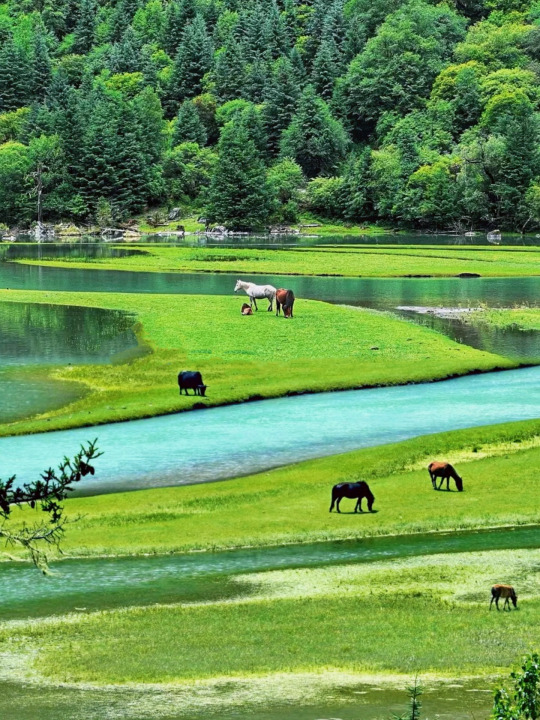
Moon Lake, Sichuan, China
#sichuan#china#landscape#meadow#meadows#nature#naturecore#horses#beautiful#petitworld favs#petitworld
362 notes
·
View notes
Text
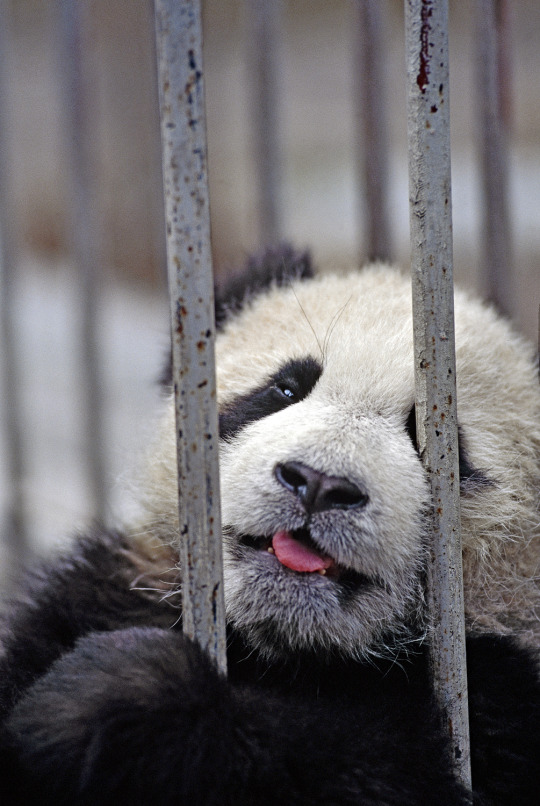
China, 2001
Panda, Wolong, Sichuan, China.
中国 四川省 臥龍パンダ保護研究センター
Photography by Michitaka Kurata
#china#sichuan#wolong#wolong panda research center#panda#baby panda#cage#photography#photographers on tumblr#color film#reversal film#slide film#film#35mm#35mm film#fujifilm#2001#中国#四川省#臥龍#臥龍��然保護区#パンダ保護研究センター#パンダ#子パンダ#大熊猫#カラーフィルム#リバーサルフィルム#スライドフィルム#ポジフィルム#カラーポジ
104 notes
·
View notes
Text

Giant Buddha from Leshan, the largest stone statue of Buddha around the world, 71 metres tall, Sichuan province, China
#buddha#china#sichuan#statue#stone#photography#curators on tumblr#nature#Aesthetic#nature photography#moss#forest#woods
541 notes
·
View notes
Photo

“ Yangmaiyong Snow Mountain “ // Sylviashen
371 notes
·
View notes
Text

Carved into Lingyun Mountain in China’s Sichuan province, the Leshan Giant Buddha dates back to the eighth century.

The Leshan Giant Buddha in the southern part of Sichuan province in China. At 71 meters tall, it's the largest and tallest stone Buddha statue in the world. Construction started during the Tang dynasty in 713 CE and was completed in exactly 90 years.

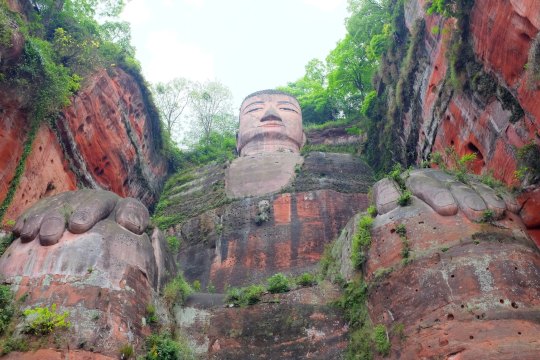
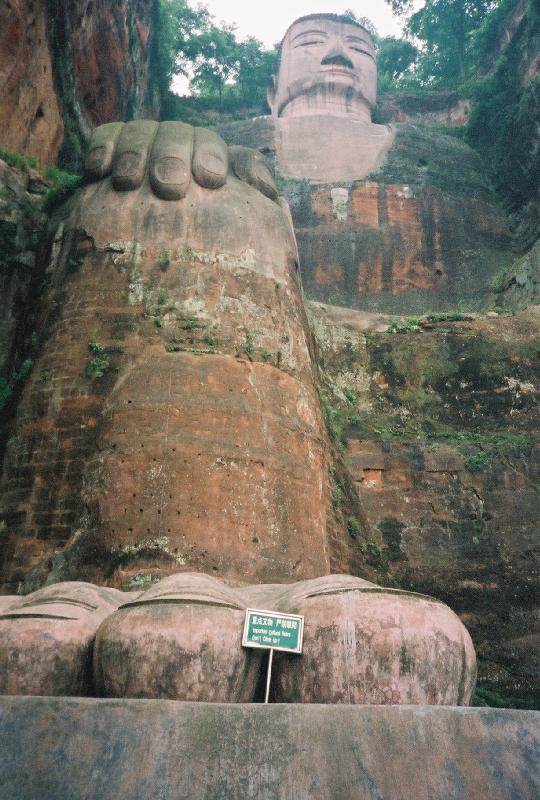
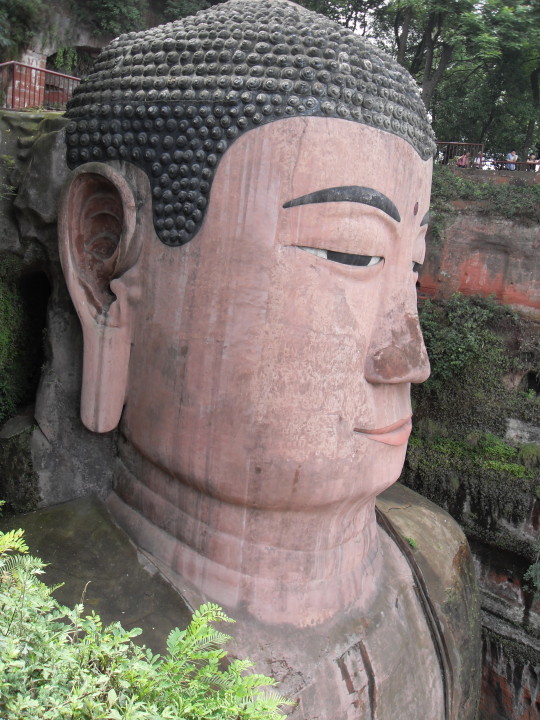


There is a local saying: "The mountain is a Buddha and the Buddha is a mountain". This is partially because the mountain range in which the Leshan Giant Buddha is located is thought to be shaped like a slumbering Buddha when seen from the river, with the Leshan Giant Buddha as its heart.
103 notes
·
View notes
Photo
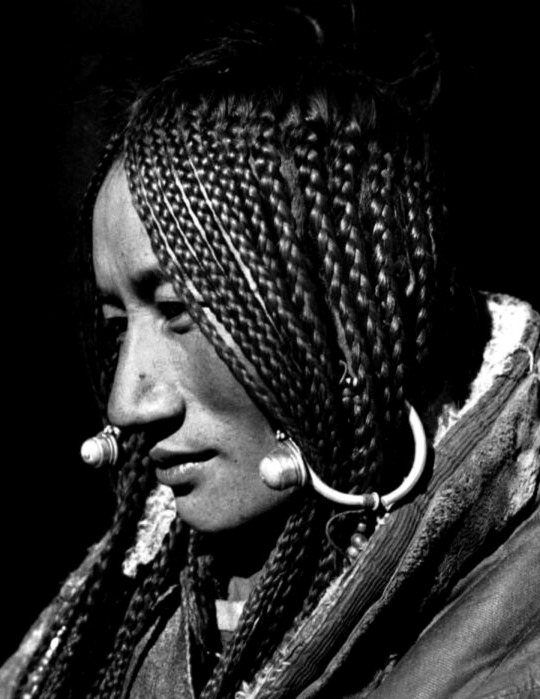

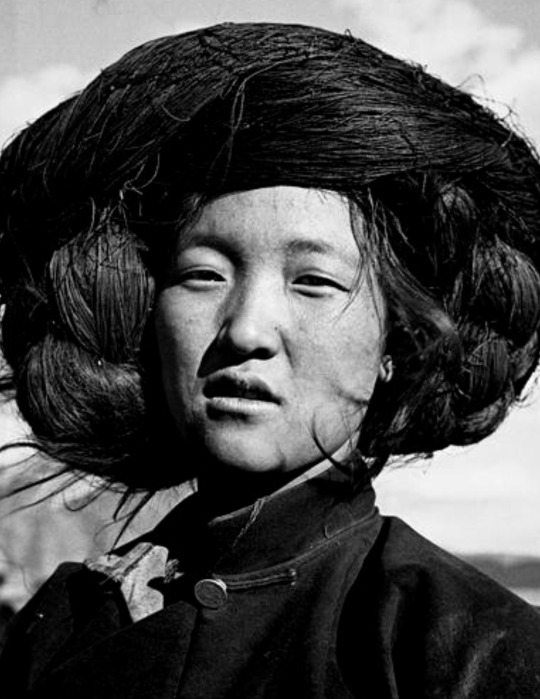

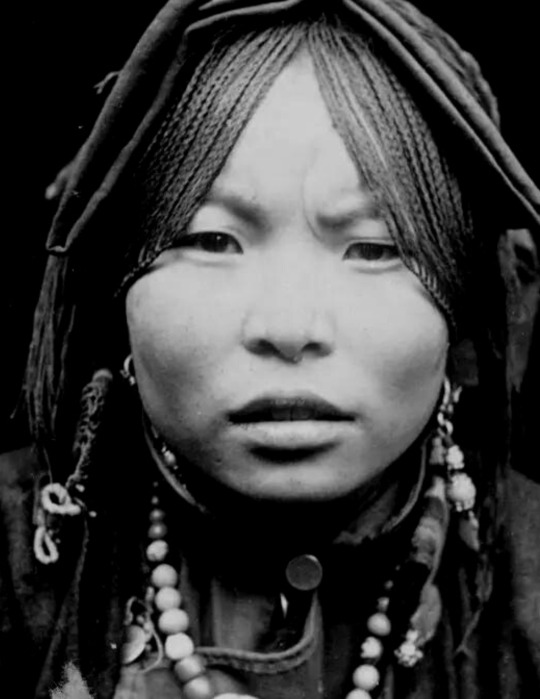



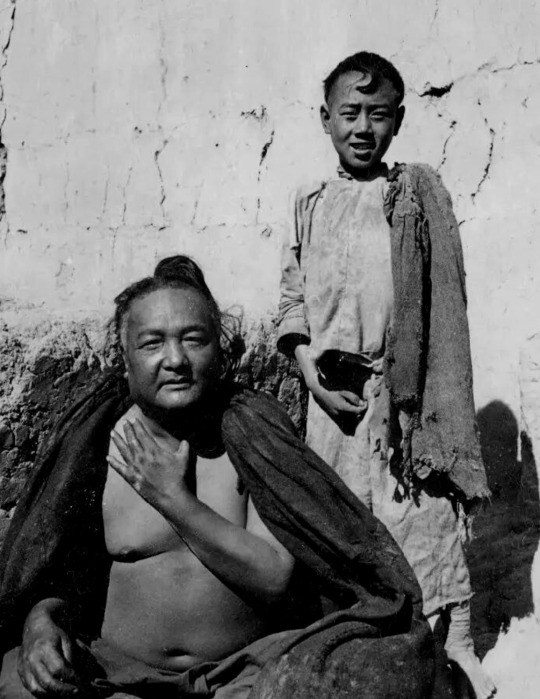
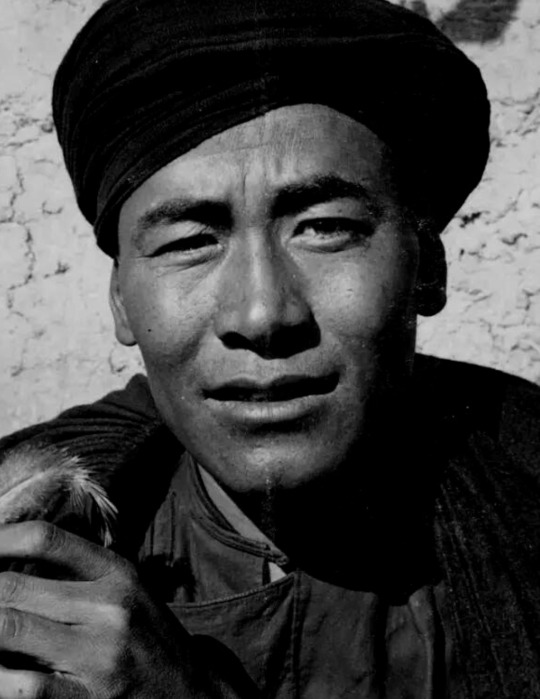
zhuang xueben (1909-1984) was one of china's first ethnographic photographers. in the 1930s, he left his native shanghai and travelled to western china to photograph the minority people in four provinces: sichuan, yunnan, gansu, and qinghai. during the almost ten years of ethnographic research, he took more than ten thousand photographs and wrote a vast amount of materials including research reports, travel notes, and journals.
#this has been sitting in my drafts so im going to post it#zhuang xueben#china#beauty#ph#history#photography vintage#vintage#vintage ph#sichuan#yunnan#gansu#qinghai#shanghai
561 notes
·
View notes
Text

Florian Delalée Explored The Beauty Of Earth And Captured The Most Beautiful Landscapes Of China
Litang, Sichuan
54 notes
·
View notes
Text

Tufted deer Elaphodus cephalophus
Observed by roylesafaris, CC BY-NC
65 notes
·
View notes
Text
萝卜's Beginner Guide to Sichuanese!
大家好!
Welcome to the first in an unofficial series of posts where I will share the (very large) amount of new vocab, cultural experiences, and topics that I was introduced to while spending ~5 weeks in China!
Today’s topic is: Sichuanese! 🌶️🌶️🌶️
I won’t pretend to be an expert in Sichuanese (yet, please chime in / add here if you are!), but I spent >50% of my time in the province while abroad which gave me lots of exposure. It certainly took me by surprise at the beginning! After about two weeks I started to get a better feel for it. Here’s some tips and vocab for getting started:
1. Get ready to hear 得 (“dei” pronunciation) just about everywhere, this is an essential character thrown around constantly. Most common are these three words:
要得 (yǎodei) – yes, good
没得 (módei) – no
晓得 (xiǎodei) – understand, aka 明白
Sometimes it also just randomly appears, for example 得行 (deixíng) has the exact same meaning as 行 (fine, okay)! You just gotta expect it.
2. The majority of Sichuanese people do not pronounce the “h” in sounds like “ch”, “sh”, “zh”. This makes it very tricky for a student (like me!) who still internally looks up lots of words, so any “s-” word could be a word that starts with “sh-” OR a word that just starts with “s-”. Some examples:
橙汁 (chéngzhī) as "cengzi"
这儿 (zhè’er) as “zer”
什么时候 (shénme shíhou) as “sazisihou”
是不是 (shìbùshì) as “sib’si” (with the u sound in “bu” typically omitted)
3. The “an” sound is pronounced as in the English word “can” (as opposed to the usual pronunciation which is a bit more like the “awn” sound in “yawn”). Combined with (2), this has the very cute effect of turning 吃饭 (chīfàn) into something more like “cifaan”, and is something you should expect to hear a lot in a province like Sichuan! Just be aware that this applies to every “an”-suffixed word and can sometimes totally change how you hear it. In many ways I feel like this feature makes it sound a bit reminiscent of American southern dialects.
4. There are a few other Sichuanese alternative pronunciations to be aware of:
“Hu” is often pronounced as “fu”, leading 护照 (hùzhào) to sound like “fuzao”, or 西湖 (Xīhú) as “xifu”
“R” sounds can sometimes be pronounced with a “y”, e.g. 容 (róng) as “yong”
Most tricky is that the flat 1st tone is very rare, and many characters simply have different tones than “Standard” Mandarin. As far as I can tell (and have read online), there isn’t really a systematic adjustment for this, it’s just how it is ¯\_(ツ)_/¯
5. Surprisingly, though Sichuan is a southern province, there are tons of erhua around! At least here, it seems like the 儿 ends up quite merged with the original word. Some examples I heard:
米粉 (mǐfěn) as “mifer” (extremely delicious breakfast option!)
老板 (lǎobǎn) as “laober”
没得 (módei) as “moder” (apparently extremely rarely heard though)
豆花 (dòuhuā) as “douhua’er” (quite common in northern Mandarin as well)
熊猫 (xióngmāo) as “xiongmer”
And finally, a few more Sichuanese specialties!
好(多)钱 - how much does it cost, aka 多少钱 (the 多 is sometimes omitted in quick speech)
啥子 (sázi) – what, based on the casual substitute word 啥 for 什么 (also often pronounced as sáza)
闹热 (nàorè) – lively, as opposed to the usual 热闹
可以 (kěyǐ), pronounced as as “kǒyǐ”
冒菜 (màocài) – a local variant of malatang (麻辣烫)
抄手 (chāoshǒu) – (v) to fold arms up the sleeves; (四川) wonton, dumpling
稀饭 (xīfàn) – congee, 粥, literally "thin rice"
干饭 (gānfàn) – regular rice, 米饭, "dry rice" to distinguish from 稀饭
嘛 (ma) - often heard at the end of sentences, just a local sound! Not (as I understand it) generally associated with some of its other meanings (like impatience, stating the obvious, etc)
See you next time. 下次见!
#vocab#sichuan#sichuanese#sichuan dialect#mandarin#mandarin vocab#chinese language#mandarin chinese#chinese#language learning#chinese vocab#mandarin langblr#chinese langblr#langblr#chinese dialect
17 notes
·
View notes
Text

October 2023
Out for a bowl of noodles 🍜 I adore this noodle restaurant. I'm obsessed, but it's time to go out, explore, and expand. Hong Kong is home to a huge variety of restaurants and food. I'll give in and try something new in October!
28 notes
·
View notes
Video
gosh the skillz I FACKIN LOV THIS
#NO MORE CLOWNS AT MY KIDS' BDAY PARTIES IM FUCKIN SERIOUS#clowns are so underwhelming after discovering this no joke!#bian lian#ancient china#dramatic arts#performance art#street performer#china#street performance#sichuan#sichuan opera#street art#video
107 notes
·
View notes
Photo

Climbing. . . . . . . #qianyuanshan #sichuan #hike #explore #interesting #china #travelphotography #travelblog #travel #travelingram #traveltheworld #travelawesome #scenic #mountain #millipede #insects https://www.instagram.com/p/Cnt75PVSZAA/?igshid=NGJjMDIxMWI=
#qianyuanshan#sichuan#hike#explore#interesting#china#travelphotography#travelblog#travel#travelingram#traveltheworld#travelawesome#scenic#mountain#millipede#insects
94 notes
·
View notes
Text

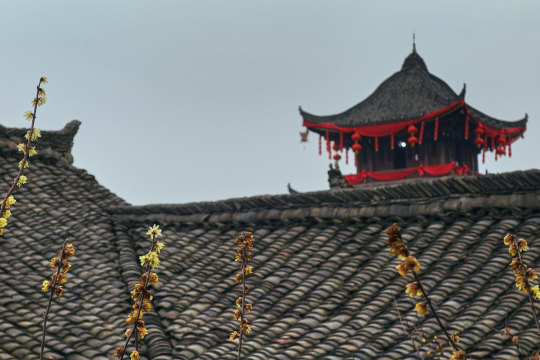
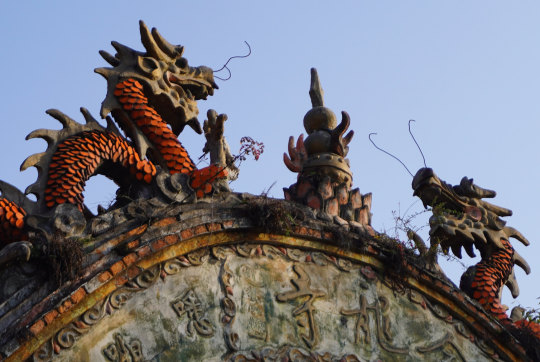
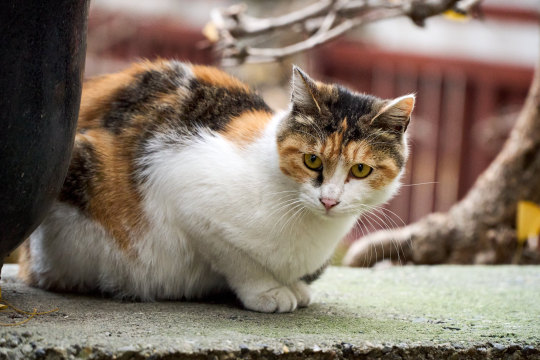
Sichuan (2) (3) (4) by Sean Brawley
6 notes
·
View notes